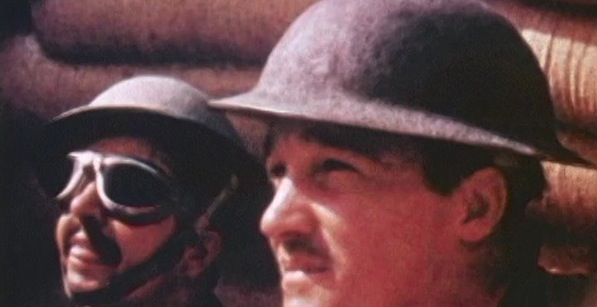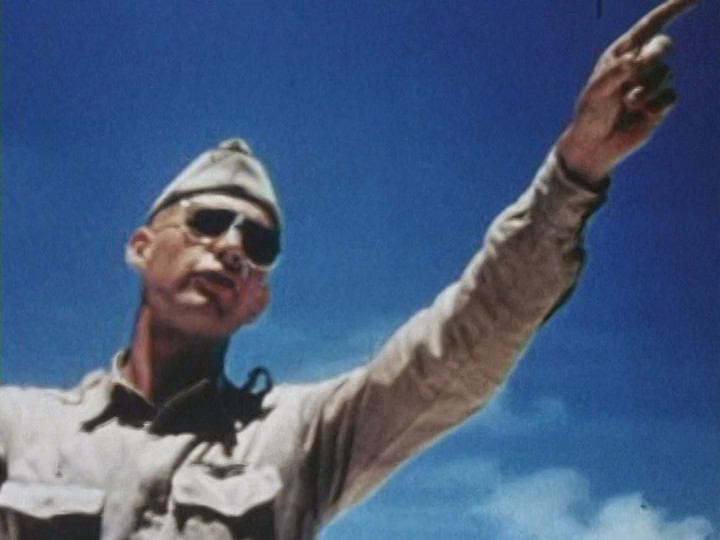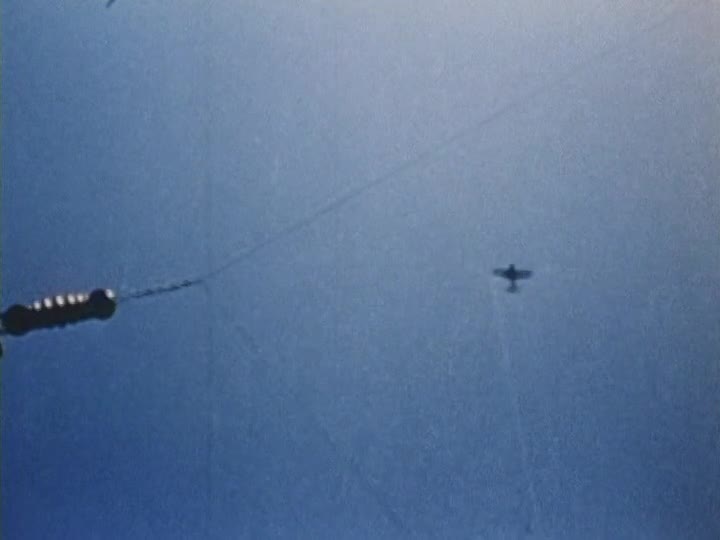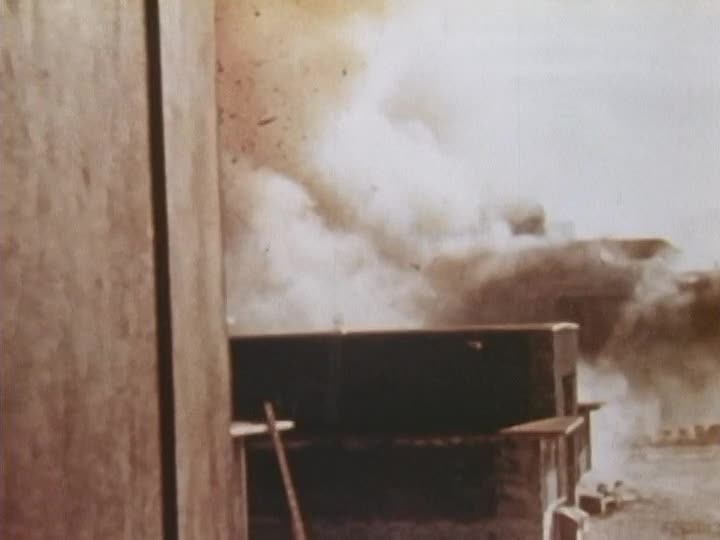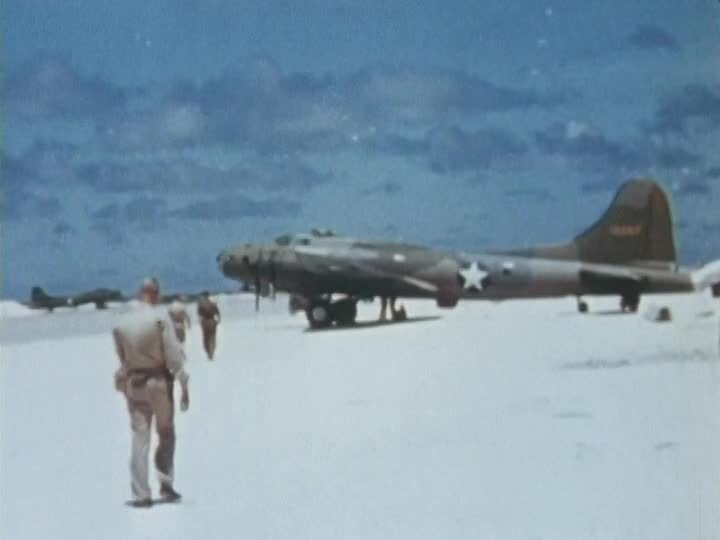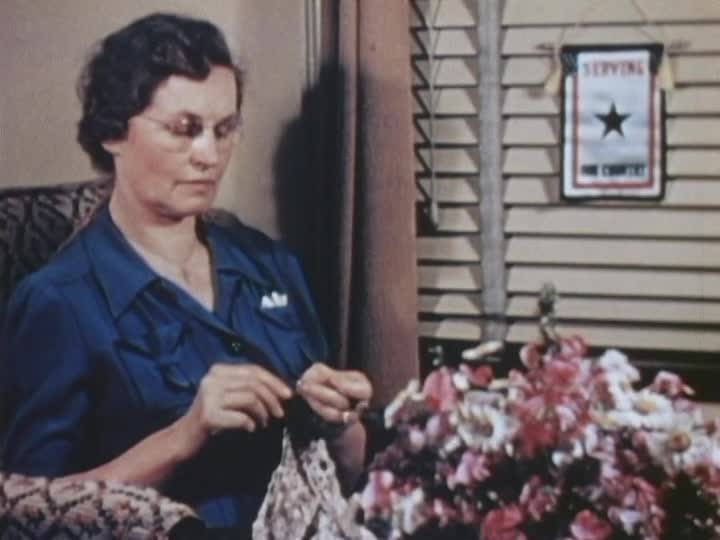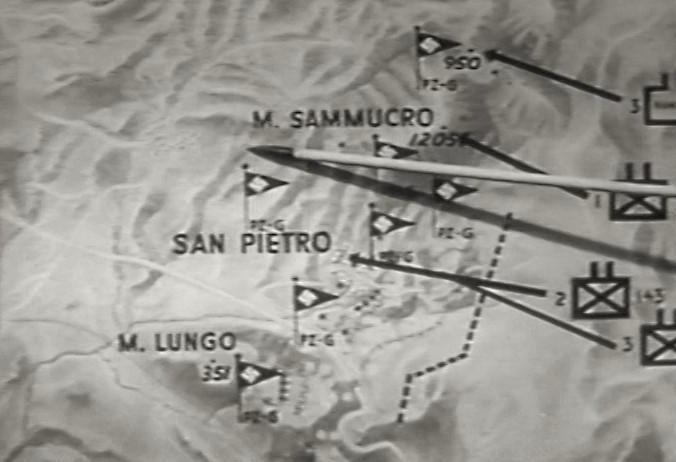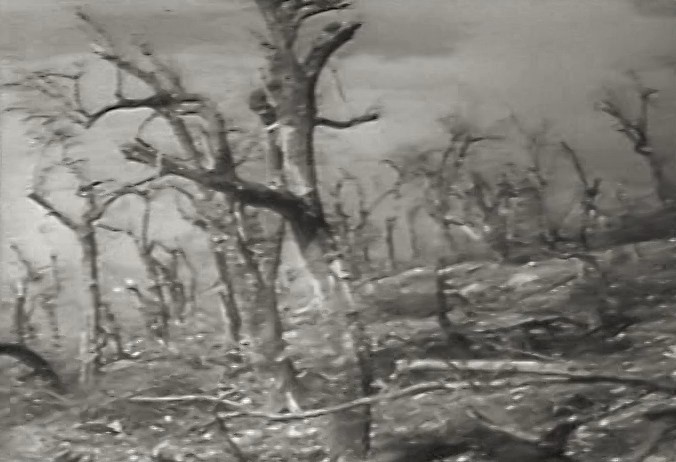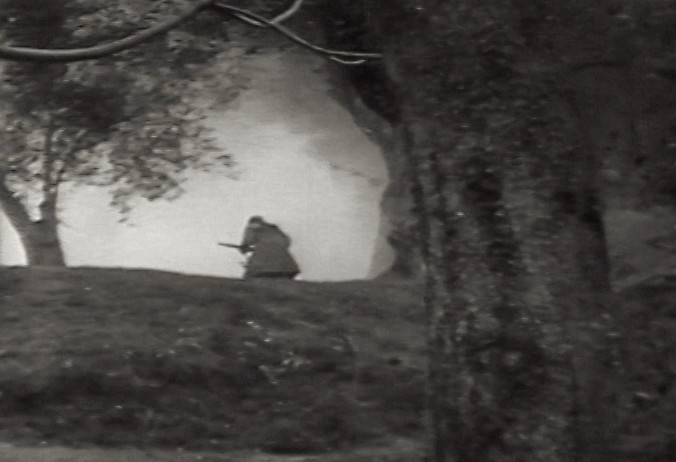Editor’s note: A film editor’s job is to piece together the stuff that you and I subsequently experience as a coherent and continuous movie. This is an incredibly sophisticated process, on both ends, requiring an imaginative leap into a spatial, temporal and narrative wholeness which does not exist in any single frame or shot or sequence. Editing is a literally creative act; what is created is meaning. How this meaning is made, and what this meaning means, is the subject of “The Edit,” a new monthly column.
…
To the editor responsible for cutting it, war footage poses a few fundamental issues. Chiefly: the technical and logistical challenge of assembling spatial and narrative order from footage of chaos; and the more metaphysical question of moral responsibility to the truth (or anyway “truth”) of images recorded in a uniquely consequential environment.
So, since we’re going to be talking about the art and craft of movie editing, I think war footage is a good place to start. John Ford’s The Battle of Midway and John Huston’s The Battle of San Pietro are “nonfiction films” made by widely popular Hollywood auteurs, utilizing real footage of battles in which very many Americans died fighting against fascism. So I think we can all agree that everything that’s on screen in these two movies matters. And this consensus, that whatever choices about representation Ford and Huston made in their editing rooms are meaningful in a really basic way, will hopefully allow us to pinpoint a few things that are relevant, even essential, to any understanding of how meaning is assembled.
My initial suggestion is that these two documentaries depicting major battles of the Second World War, made by great directors Doing Their Part, piece together two very different kinds of coherence, while ultimately running up against the same problems of representation. This, I will argue, is significant.
The Battle of Midway earned John Ford both an Academy Award and a Purple Heart: he came under fire while filming the battle, and was officially commended “[f]or distinguished service in the line of his profession […] Despite his exposed position he remained at his station and reported to the Navy Command Center an accurate account of the attack, thereby aiding the Commanding Officer in determining his employment of the defending forces.” In his own account of the battle, Ford, a Commander in the Naval Reserve, who spent much of the war overseeing classified battle photography and wide-release propaganda films for the OSS, recalled being sent out to the roof of a power station as a spotter, in anticipation of the initial Japanese bombardment:
Well, evidently […] they figured I was a motion picture man and naturally should have a photographic eye so I made a pretty good choice, because I knew what I had to do and that was to count planes which I immediately did. One of the Marines stood by me and checked and we double-checked, and so I think that my count of the [Japanese] planes was official. […] we are used to that sort of thing, reporting, taking battle scenes, and mob scenes and notice every detail and that’s why I probably would notice a lot more than the layman who is not trained for that sort of thing.
Ford’s “photographic eye” was operational when he received his wound, filming as a fighter plane scored a direct hit nearby: “I was knocked unconscious. Just knocked me goofy for a bit […] I did manage to get the picture. You may have seen it in [the film]. It’s where the plane flies over the hangar and everything goes up in smoke and debris, you can see one big chunk coming for the camera.”
This anecdote is in keeping with the overall feel of The Battle of Midway, a film of vitality and confusion. Ford and his co-editor, frequent collaborator Robert Parrish, assemble a rough chronology of the battle: an almost idyllic sleepy Pacific outpost, until a patrol spots the Japanese navy; Midway battered by the first wave of the attack (shot by Ford); the counterattack at sea (this footage shot by Ford’s colleagues); victory.
But the broad voiceover, with its offhand reference to the U.S. military springing their “trap,” makes it clear that the draw for audiences, in the winter of 1942, would be the footage of that summer’s military triumph, in the blood-red flames and midnight-black smoke of glorious Technicolor. As the Stars and Stripes are raised on the battered island, the voiceover informs us: “Yes, this really happened.” So the through-line Ford chooses is above all emotional, on a couple of different fronts.
Within the air battle footage, there are brief moments in line with classical Hollywood editing, implying an impossibly continuous visual record: Zeros flying in from right of frame to left, antiaircraft guns firing left of frame to right, and a long shot of smoke in the sky. But this shot-reverse shot pattern breaks down into jumbled montage as the bombs start dropping (the film often jumping out of its sprockets as bombs detonate). Fires rage in long shot as gunners watch the skies in close-up (frequently re-used from earlier), with no clear spatial or temporal relationship connecting the two shots. The sound editing bridges these glimpses with the hum of jet engines from out of the frame, building to a scream before an explosion. When we abruptly cut away from Midway to the open ocean, Donald Crisp’s excitable, authoritative main narrator intones: “Meantime our warships stalk the Jap fleet”—this is the closest we get to being told what’s going on.
This would all be very frustrating in a contemporary action movie, but the sense of 360-degree confusion and random eruptions of violence seems intuitively accurate about the heat of battle; even if artificial, the editing achieves a kind of subjective realism which may have helped to bring the war home.
A more direct emotional appeal is made to the home front, as well. In the early minutes of the film, as an airman walks towards his B-17, one of Ford’s several voiceover performers, Jane Darwell, in her Ma Joad voice, excitedly exclaims that she recognizes him from her hometown. Ford and Parrish cut back and forth between Midway Island and Springfield, Ohio, as Darwell and Henry Fonda kibitz over footage of the airman’s purported father, mother and sister, fine kindly-looking “regular” Americans all. “He’s not going to fly that great big bomber, is he?” “Yes, ma’am, that’s his job.” As the plane takes off—followed by several others in an orderly montage, and then the commencement of the battle—she gives him a “God bless you, son.” Darwell’s sentimental Universal Mother resonance is deployed again, late in the film, as she pleads for the pilots pulled from the ocean to be taken to a hospital. Ford biographer Tag Gallagher writes that Ford yelled at his editor, Parrish, after the latter attempted to cut the line: “It’s for the mothers of America!”
The film ends with a roll call of the casualties inflicted on the “Jap” forces—apparently included at the specific bequest of President Roosevelt. An exercise in truthiness for the sake of morale, The Battle of Midway won one of the four Oscars for Best Documentary awarded in 1943, the category’s first year.
By contrast, John Huston’s San Pietro, shot during the Italian Campaign in December of 1943, but not released to U.S. theaters until May of 1945, attempts to convey quite granular tactical detail. The Army’s assault on the titular Nazi-held village, and the fortified high ground on either side, is explained to us by a map, complete with arrows and pointer; the voiceover narration, at least seemingly more neutral than Ford’s, gives the rationale for troop movements observed very closely.
Huston’s camera, like Ford’s, shakes in an almost contemporary way as his detachment of photographers take cover along with the infantry they’re observing, but his editing patterns are more classical, with eyeline matches between ground troops and their air support, and consistent use of the 180-degree line to establish their position relative to the enemy’s front lines. It’s almost like a conventional, conventionally satisfying battle scene—without a protagonist, but with genuine suspense derived from cross-cutting between different flanks of the coordinated assault.
But this visual clarity gives us an intellectual footing as well, as when American tanks roll down what we know is an exposed road. The narration doesn’t shirk from detailing the tanks lost, read over emphatic footage of the ruined Shermans. Such skepticism about strategy is encouraged by San Pietro’s opening minutes, which ironically juxtapose voiceover narration about the history and geography of the town and valley with footage taken after the battle, of rubble-reduced villas and shrapnel-split trees, of blackened, dead locations that no longer look like much of anything at all.
If we’re induced to deduction, we’re also induced to more raw feeling by gut-punch montages of the dead, reminiscent of Mathew Brady’s Civil War photography in the film’s harsh black and white. We see the faces of the German dead but only the bodies—on the ground, on stretchers or in bags—of Americans. But, much as when watching a Pre-Code love scene, you can sense Huston in the editing suite, looking frame by frame for the furthest permissible moment.
James Agee, who during his wartime film criticism savaged Hollywood’s “cruel, fetid, criminal little myths about death,” raved about San Pietro for the Nation, praising it for imagining a public that could bear the truth about war: “No war film I have seen has been quite so attentive to the heaviness of casualties, and to the number of yards gained or lost, in such an action; none has so levelly watched and implied what it meant, in such full and complex terms […].” This includes the truth about death: Army brass were quite squeamish over the film, Agee wrote, and as a friend of the director would know. Huston includes a burial sequence, panning down from a field of crosses to a row of graves being dug, and then cutting in to a close-up of a single spade turning up the dirt: this move from the general to the specific, so common in the grammar of establishing shots, here attempts to foster an understanding first of death’s momentousness, and then of its individual anguish.
Earlier, near the midpoint of the film and during the pitch of battle, there is a particularly striking moment when Huston cuts, with brutal speed, from a long shot of a single soldier running for cover, to a shot at roughly the same focal length, with a bomb detonating in the same quadrant of the screen, implying the obliteration of one of Our Boys.
But there are essential limitations to what Huston can do. It’s not just that the film is structured to end (as the battle did) on an upbeat note, as smiling locals return to their town and fields, a triumph even if the narration remains doggedly unsentimental. Rather, it’s a basic matter of perspective.
Huston can elicit profound sympathy for the dead, but empathy is out of the question. This would seem intuitive, but the particular reason why this true cinematically may illuminate our understanding of editing. For San Pietro to convey an authentic understanding of death, it would require absolute alignment with a single, limited, vulnerable perspective; every cut Huston makes, for the sake of our understanding of the battle, is a reprieve from the tunnel vision of combat as experienced by the people being shot at. (In this sense, a first-person shooter video game, in which both your field of vision and the continuity of the narrative are jarringly ruptured when you take a fatal hit, gets closer to the experience. Or at least I assume this is so: first-person shooters actually make me too anxious to ever want to play.)
The kind of perspective Huston is able to deliver is, then, not so different from what Ford does: a rhetorical truth, persuasive but necessarily at a remove from the undigested experience we get from a single shot of a plane bombing an airplane hangar, or a soldier dropping down to the shuddering ground. To get, via a splice, from Midway Island out to the Pacific, or from the mountains overlooking San Pietro to the road leading down to town, is the imposition of a logic ultimately exterior to either. Every single cut in a movie implies a knowledge that extends beyond the reality of a single shot.

